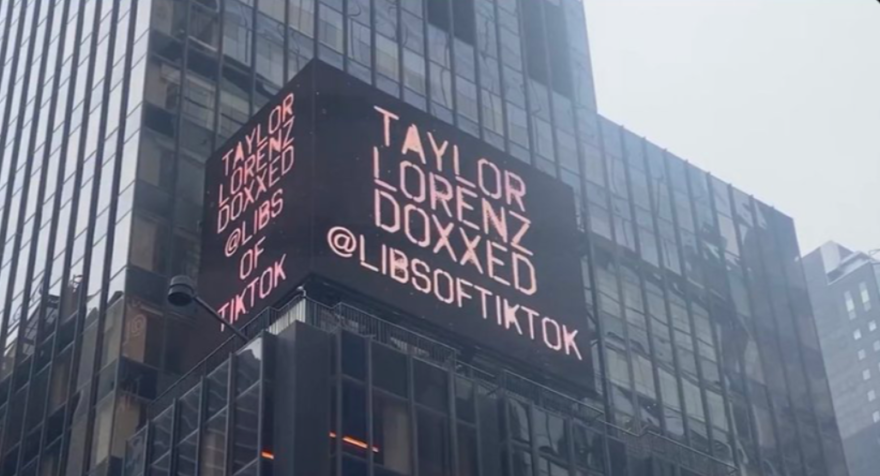

I’m not going to get the 86 nights of music that I’m getting in Seattle, but Irving and I can live with 40 nights of music in Palm Springs. The business proposition in a B market is just as good as an A market because we can build an arena there for between $200 million and $300 million. We’re going to get a few of those - Seattle and New York are examples - but we also have to find either A markets that don’t have an anchor tenant, which are few and far between, or B markets. They’re greedy, and they have a strategic value within that market that we don’t have, which is, if you want me to keep this team here, you’ve got to help me build or take over this arena. Partially because in North America, the majority of big arenas are owned or controlled by an NBA or NHL tenant. There are small markets and big markets, and a combination of those deals is smart. What is the strategy behind building in secondary and tertiary markets like Palm Springs, Calif.? We’ve got to find a way to get people in and out without it having to be about the Long Island Expressway. You’ve got Prudential Center, Barclays, the Garden and you’ve got us. It was also highly important for the viability of that building in a very competitive marketplace for arenas. So mass transportation was highly important to us, to get somebody from Penn Station or Grand Central in a 30-minute train ride. You cannot be carbon-neutral if everyone is driving there for every event. Obviously, we had the first carbon-neutral arena ever in Seattle. Our goal is to make that a carbon-neutral venue within the next couple of years. We happen to be very sustainable around here. The opening of that station has made going to UBS convenient and environmentally friendly. It’s about developing a private-public partnership that works for everybody, which enabled us to get a lot more done there than most anyone else. Of that billion, roughly $75 million was a cash contribution toward that light rail station. Us and Islanders Scott Malkin put up $1 billion privately to build that arena. That’s the nature of many of these projects. The Meadowlands was paid for mostly by taxpayers’ dollars. If you look at all the other facilities in the New York area, except for Garden, Citi Field was built with bonds issued by state and city authorities. We went through two governors and a lot of politics to get the deal done. Our landlord and our partner is the state of New York. How did you get the Long Island Railroad to open a station at your UBS Arena? I don’t know how many gloves I have.” Joel Barhamand “I’ve got signed globes by Wladimir Klitschko, Lennox Lewis, Oscar De La Hoya. “We did a lot of boxing in the AEG days,” Leiweke says. And yet people underestimate our passion for how important that is to the live experience.”

We’re spending tens of millions on acoustics and air-handling systems that deal with things like COVID. “The brick-and-mortars and the fan experience are equally important. “Everyone talks about the promoters, the agents and the managers,” he says. OVG is working on multibillion-dollar projects in Las Vegas Manchester, England and, in partnership with Live Nation, São Paulo, and Leiweke says it’s time for the music industry to recognize the crucial role companies like his play in fan satisfaction.

“We did it in the middle of COVID, inflation, rising interest rates, labor issues, political issues,” he says. CFG Bank Arena in Baltimore and UBS Arena on New York’s Long Island. The arenas OVG has built in the last 18 months include Climate Pledge Arena in Seattle Acrisure Arena in Palm Springs, Calif. OVG employs 5,000 people full-time (including Leiweke’s daughter, Francesca Bodie, who is president of business development), with another 35,000 part-time staffers. In 2015, Leiweke partnered with multisector music magnate Irving Azoff to build a company that now manages approximately 500 facilities. Maybe that motivates me as much as it motivates him.” “I thank Ron daily that he has decided it’s me that causes him success. “Never piss off your competitor,” he says with a broad smile. Leiweke, 66, says he wishes Anschutz “nothing but luck,” but he also says he carries a copy of Bension’s quote in his backpack and reads it before every presentation he makes. Oak View Group and ASM are indeed competitors in managing facilities around the globe, and it’s important to know that ASM is co-owned by sports/live-entertainment company AEG, where Leiweke was CEO until his “mutually agreed upon departure” in 2013 from the company owned by billionaire Philip Anschutz. SBS Entertainment & OVG Announce Partnership to Bring Latin-Focused Live Events to…


 0 kommentar(er)
0 kommentar(er)
